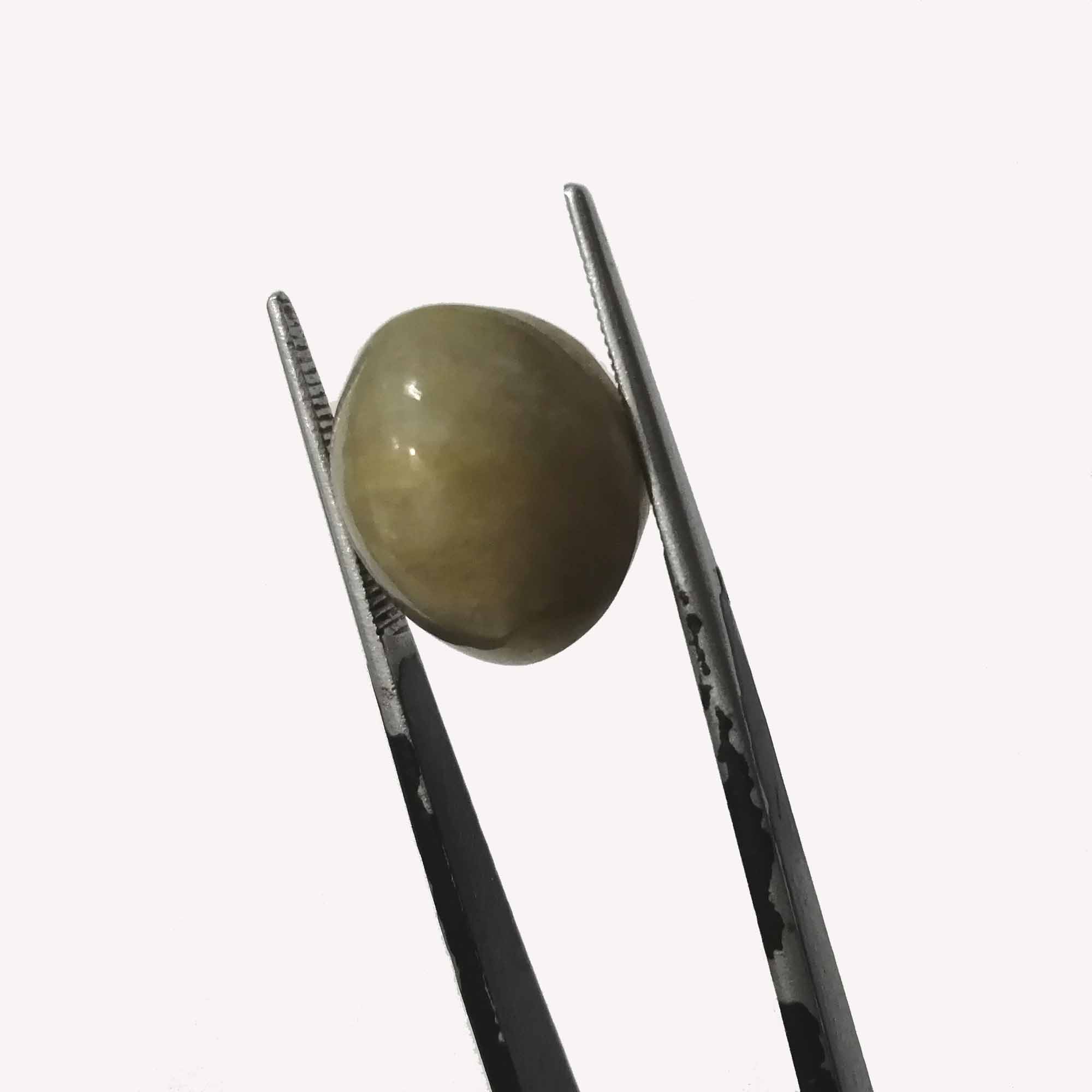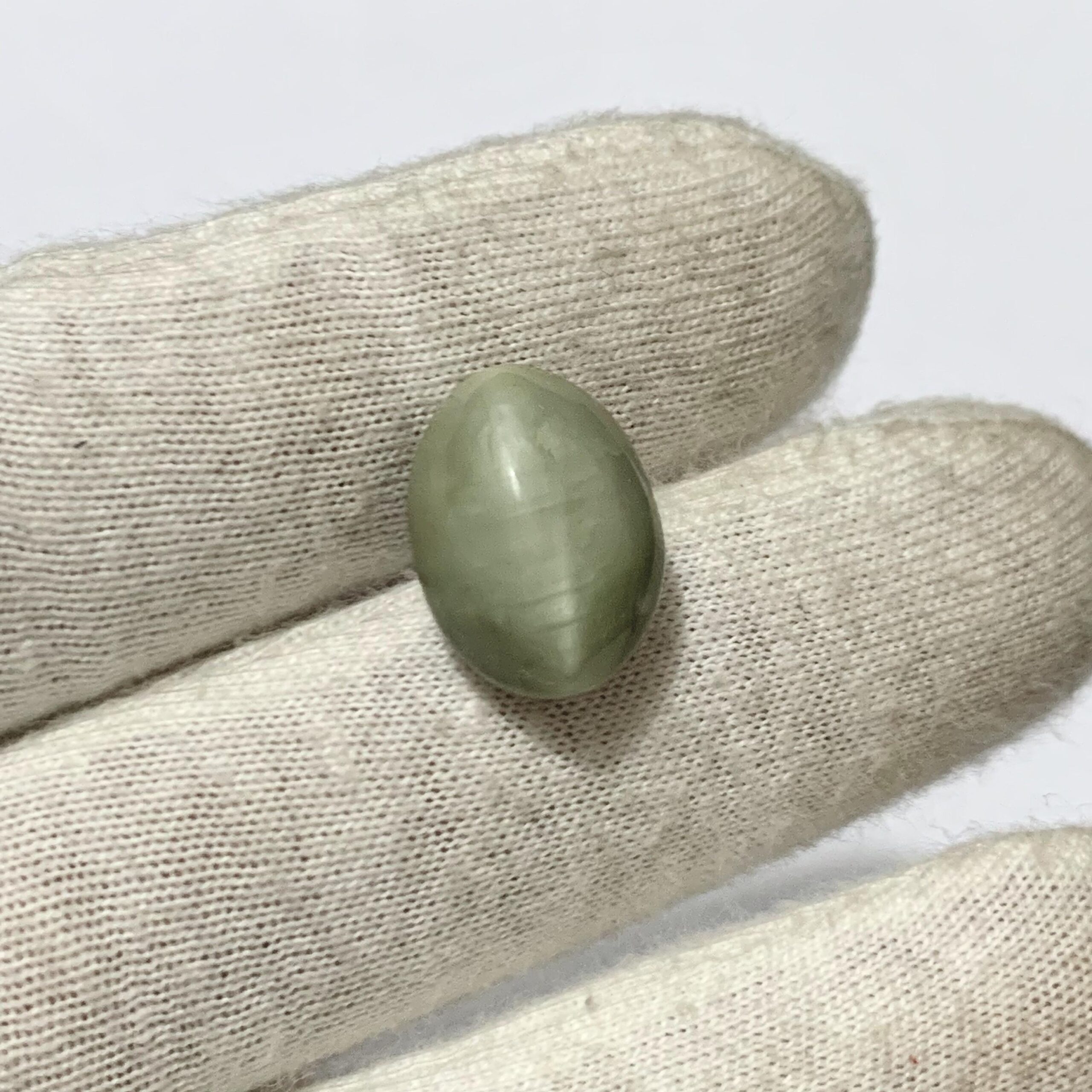Have you ever walked into a jewelry store or scrolled through an online marketplace and stumbled upon a "cats eye stone" that seemed way too cheap to be real? Yeah, me too. But here's the deal—fake cats eye stones are a thing, and they're more common than you might think. Whether you're a collector, a fashion enthusiast, or just someone who loves accessorizing, understanding what these stones are and how to spot them can save you a ton of cash and heartache.
Now, before we dive deep into the world of fake cats eye stones, let's clear the air. Not all "cats eye stones" are created equal. Some are genuine, some are synthetic, and others are downright knock-offs. But don't panic yet! This article will guide you through everything you need to know about fake cats eye stones, from what makes them "fake" to how you can identify them without needing a degree in gemology.
So, grab your coffee, settle into your favorite chair, and let's explore the fascinating (and sometimes shady) world of fake cats eye stones. By the end of this, you'll be a pro at spotting the real deal from the wannabes.
- Gametime Basketball Aau Your Ultimate Guide To The League Teams And Events
- Donald Haynes A Deep Dive Into The Life And Legacy Of A True Icon
Table of Contents
- What Are Cats Eye Stones?
- Real vs. Fake Cats Eye Stones
- Types of Fake Cats Eye Stones
- How to Spot Fake Cats Eye Stones
- Why Do People Buy Fake Cats Eye Stones?
- Risks of Buying Fake Cats Eye Stones
- Where to Buy Cats Eye Stones Safely
- Caring for Your Cats Eye Stones
- Common Misconceptions About Fake Cats Eye Stones
- Conclusion
What Are Cats Eye Stones?
First things first, let's talk about what cats eye stones actually are. These beauties are gemstones that exhibit a phenomenon called "chatoyancy," which is basically a fancy word for the "cat's eye effect." It's that mesmerizing band of light that seems to glide across the surface of the stone like a cat's eye narrowing in on its prey.
Cats eye stones can be made from various materials, with chrysoberyl being the most famous and valuable. But here's the kicker—there are tons of other stones out there that mimic this effect, and not all of them are legit. Some are natural but less valuable, while others are completely synthetic or even glass imitations.
History and Cultural Significance
Back in the day, cats eye stones were considered sacred in many cultures. In ancient India, for example, they were believed to bring good luck and protect the wearer from evil spirits. Fast forward to today, and they're still popular for their supposed metaphysical properties, though most people just love them because they look super cool.
- Neopolis Kokapet Sez Photos Your Ultimate Guide To Capturing The Magic
- Unstoppable Northwestern Rugby The Ultimate Guide To A Growing Sport
Real vs. Fake Cats Eye Stones
Okay, so now that we know what cats eye stones are, let's tackle the big question: what makes a cats eye stone real or fake? The short answer is that real cats eye stones are naturally occurring gemstones with the chatoyancy effect, while fake ones are either synthetic, imitation, or altered in some way to mimic the real deal.
But here's where it gets tricky—some "fake" stones are still technically real because they're made from natural materials, just not the ones you'd expect. For example, quartz or beryl can sometimes have a cats eye effect, but they're not as valuable as chrysoberyl. So, it's not always black and white.
Key Differences Between Real and Fake
- Material: Real cats eye stones are typically chrysoberyl, while fake ones can be made from glass, plastic, or even other types of gemstones.
- Chatoyancy: The effect in real stones is usually more pronounced and moves smoothly when the stone is tilted. Fake ones might look static or unnatural.
- Price: If it seems too good to be true, it probably is. Genuine cats eye stones can be pricey, so if you're getting one for dirt cheap, chances are it's not legit.
Types of Fake Cats Eye Stones
Not all fake cats eye stones are created equal. Some are made to fool unsuspecting buyers, while others are just affordable alternatives for people who want the look without the hefty price tag. Here are the main types of fake cats eye stones you might encounter:
1. Synthetic Stones
Synthetic cats eye stones are lab-created versions of the real deal. They're often made to look identical to natural stones but are much cheaper. While they're not "fake" in the sense that they're intentionally misleading, they're still not as valuable as genuine stones.
2. Imitation Stones
These are usually made from glass or plastic and are designed to mimic the appearance of real cats eye stones. They're super affordable, but they lack the durability and beauty of natural gemstones.
3. Treated Stones
Some natural stones are treated to enhance their chatoyancy effect. This can involve heat treatment, dyeing, or even filling cracks with resin. While these stones are technically real, their value is significantly lower than untreated stones.
How to Spot Fake Cats Eye Stones
So, how do you tell if a cats eye stone is real or fake? Here are a few tricks that can help you out:
1. Look at the Chatoyancy Effect
Real cats eye stones have a smooth, flowing chatoyancy effect that moves naturally when the stone is tilted. Fake ones might look static or uneven, with the band of light appearing jagged or unnatural.
2. Check the Inclusions
Real gemstones often have natural inclusions, which are tiny imperfections that can be seen under magnification. Fake stones, especially glass imitations, tend to be completely flawless, which is a big red flag.
3. Test the Hardness
Chrysoberyl is a pretty hard stone, ranking an 8.5 on the Mohs scale. If you suspect a stone is fake, you can test its hardness by scratching it with a known object. But be careful—this test can damage the stone if it's not real!
4. Get It Appraised
If you're really not sure, take the stone to a professional appraiser or gemologist. They have the tools and expertise to determine whether a stone is real or fake.
Why Do People Buy Fake Cats Eye Stones?
You might be wondering, "Why would anyone want to buy a fake cats eye stone?" Well, there are actually a few good reasons:
- Cost: Fake stones are way cheaper than real ones, making them accessible to people who love the look but can't afford the real deal.
- Durability: Some fake stones, like glass imitations, are more durable than natural gemstones, which makes them great for everyday wear.
- Ethical Concerns: Some people prefer synthetic or imitation stones because they don't involve mining, which can have environmental and ethical implications.
Risks of Buying Fake Cats Eye Stones
While there are some valid reasons to buy fake cats eye stones, there are also risks involved:
1. Lack of Value
Fake stones have little to no resale value, so if you're investing in jewelry as an asset, you're probably better off with the real thing.
2. Quality Issues
Glass or plastic imitations can scratch or break easily, which means they might not last as long as you'd hope.
3. Deception
Some sellers intentionally pass off fake stones as real ones, which can lead to disappointment and financial loss for unsuspecting buyers.
Where to Buy Cats Eye Stones Safely
If you're looking to buy cats eye stones, whether real or fake, it's important to know where to shop. Here are a few tips:
- Reputable Jewelers: Stick with well-known jewelers who have a good reputation for selling genuine gemstones.
- Certified Stones: Look for stones that come with a certificate of authenticity from a reputable gemological institute.
- Online Marketplaces: If you're shopping online, make sure the seller has positive reviews and a clear return policy.
Caring for Your Cats Eye Stones
Whether your cats eye stone is real or fake, proper care can help it last longer and look its best:
1. Clean Regularly
Use a soft cloth and mild soap to clean your stone, avoiding harsh chemicals that can damage the surface.
2. Store Properly
Keep your stones in a soft pouch or jewelry box to prevent scratches and damage.
3. Avoid Extreme Temperatures
Heat and cold can affect the structure of some stones, so it's best to avoid exposing them to extreme temperatures.
Common Misconceptions About Fake Cats Eye Stones
There are a few myths floating around about fake cats eye stones that we need to clear up:
- Myth: All Fake Stones Are Bad: Not true! Some fake stones are perfectly fine for everyday wear and can look just as good as the real thing.
- Myth: You Can't Spot a Fake: With a little knowledge and some careful inspection, you can definitely tell the difference between real and fake stones.
- Myth: Fake Stones Have No Value: While they're not as valuable as real stones, fake stones can still have sentimental or aesthetic value.
Conclusion
So, there you have it—everything you need to know about fake cats eye stones. Whether you're in the market for the real deal or just a budget-friendly alternative, understanding what makes a stone "fake" and how to spot one can save you a lot of headaches. Remember, it's all about knowing what you're buying and why.
Now, it's your turn! Have you ever bought a cats eye stone, real or fake? Share your experience in the comments below, and don't forget to check out our other articles for more tips and tricks on jewelry and gemstones. Happy shopping, and may all your stones be as shiny as your smile!
- Daniel Simmons Track The Untold Story Of A Rising Star In The Music Industry
- Runway Gardens Your Ultimate Guide To Stunning Landscapes And Design Ideas


